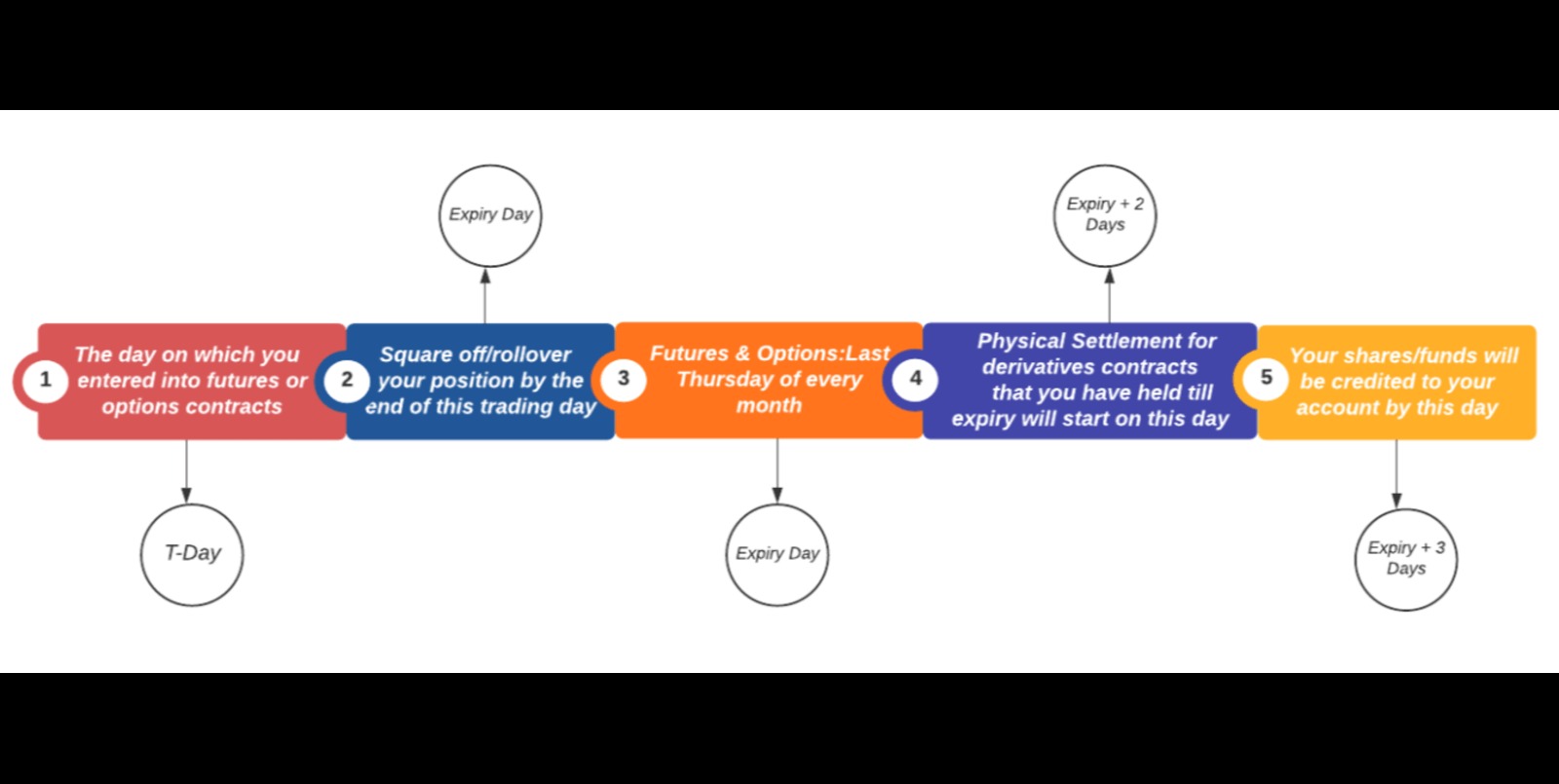

Finance
Debt For Bond Swap Definition
Published: November 8, 2023
Learn about debt for bond swap in finance. Understand the definition and implications of this financial strategy.
(Many of the links in this article redirect to a specific reviewed product. Your purchase of these products through affiliate links helps to generate commission for LiveWell, at no extra cost. Learn more)
Understanding Debt for Bond Swap: A Valuable Financial Strategy
When it comes to managing finances, it’s crucial to explore every option available to navigate debt effectively. One such strategy is a Debt for Bond Swap, a financial transaction that many individuals and businesses have found beneficial in restructuring their debt. In this blog post, we will dive into the definition of Debt for Bond Swap, how it works, and the advantages it offers. So, let’s get started!
Key Takeaways:
- A Debt for Bond Swap involves exchanging existing debt obligations for new bonds issued by the same organization.
- This strategy allows companies or individuals to restructure their debt in a way that is more manageable or beneficial in terms of interest rates and other terms.
What is a Debt for Bond Swap?
A Debt for Bond Swap is a financial transaction in which an entity exchanges its existing debt obligations for newly issued bonds. This strategy enables organizations or individuals to restructure their debt in a manner that is more favorable to their financial situation.
Let’s break it down further. When an entity is facing difficulty in meeting its debt obligations, it may decide to negotiate with its lenders or creditors. In such cases, an agreement can be reached where the entity offers to exchange its existing debt, such as loans or other debt instruments, for newly issued bonds.
How Does a Debt for Bond Swap Work?
When conducting a Debt for Bond Swap, the entity offers its lenders or creditors the opportunity to trade their outstanding debt for a specified value of newly issued bonds. The terms and conditions of the swap are negotiated between both parties. The entity issuing the bonds sets the details, such as the interest rate, maturity date, and any other relevant terms for the new bonds.
Once the agreement is finalized, the entity’s existing debt is effectively replaced by the newly issued bonds. This swap can help the entity in several ways:
- Lower Interest Rates: By negotiating favorable terms for the new bonds, the entity can potentially lower its interest payments and overall debt costs.
- Extended Maturity Dates: Debt for Bond Swaps can provide organizations with the opportunity to extend the maturity dates of their debt obligations, giving them more time to manage their finances and potentially repay the debt.
- Improved Cash Flow and Financial Flexibility: Restructuring debt through a Debt for Bond Swap can free up cash flow, allowing companies to invest in growth opportunities and improve their financial position. It provides greater flexibility in meeting financial obligations.
- Better Debt Management: Debt for Bond Swap allows entities to consolidate and restructure their debt, making it easier to manage a single debt instrument rather than multiple loans with varied terms.
Conclusion
Debt for Bond Swap is a valuable financial strategy that allows entities to restructure their debt effectively. Lower interest rates, extended maturity dates, improved cash flow, and better debt management are just a few of the advantages this strategy can offer. By exploring this debt restructuring option, individuals and businesses can gain greater control over their finances and pave the way for a more secure financial future.














